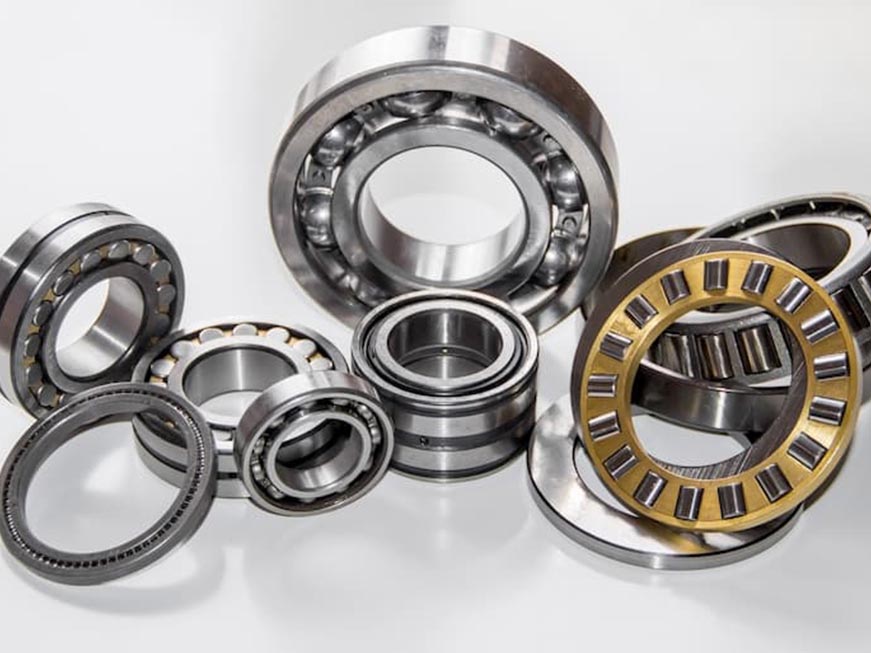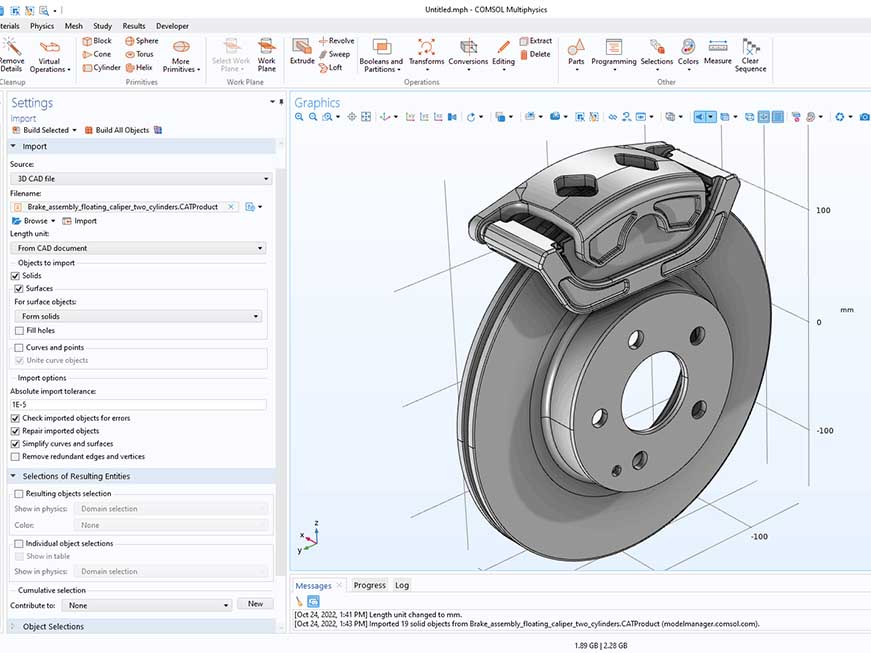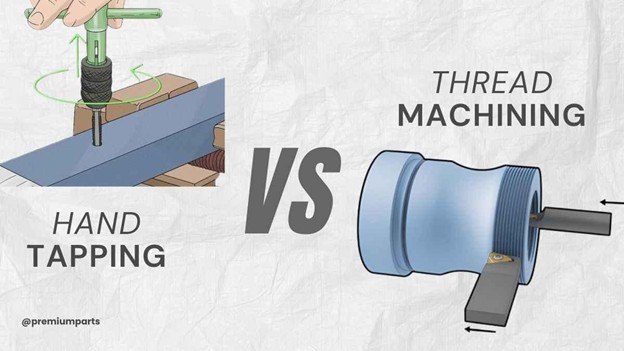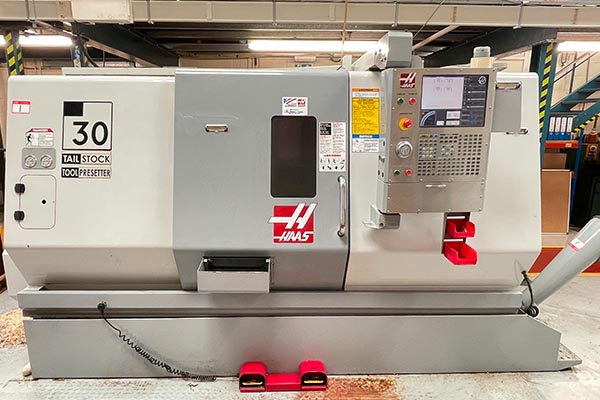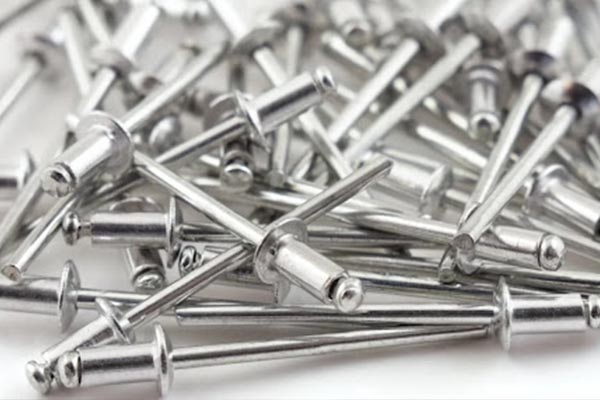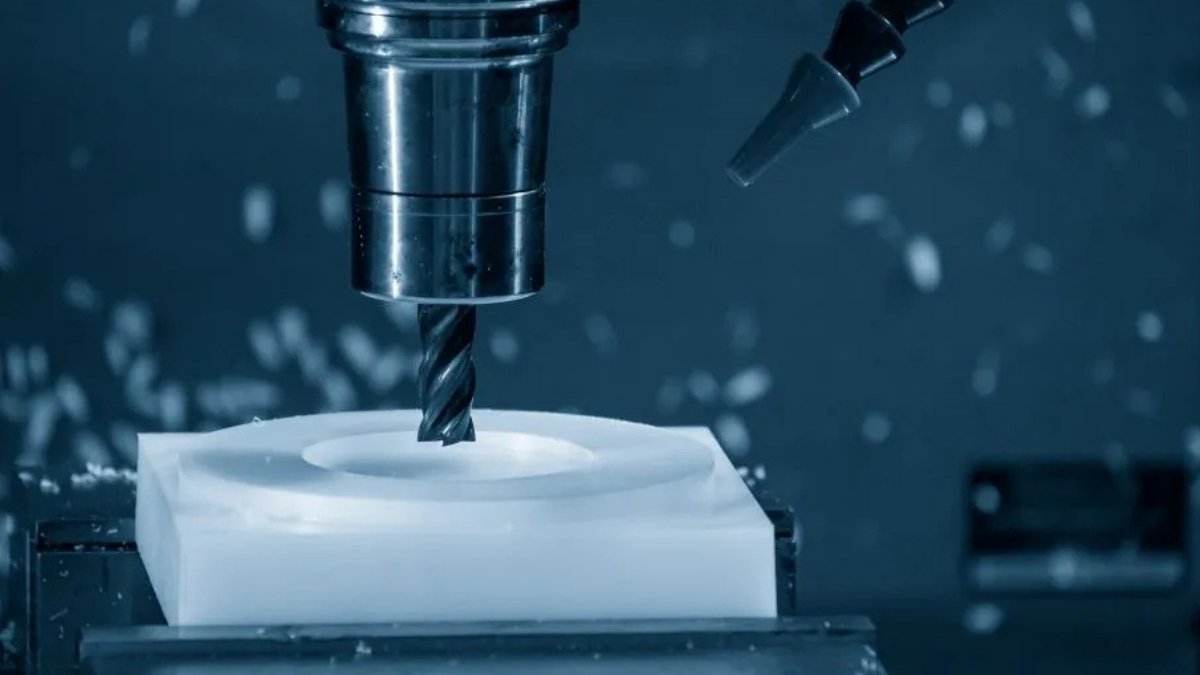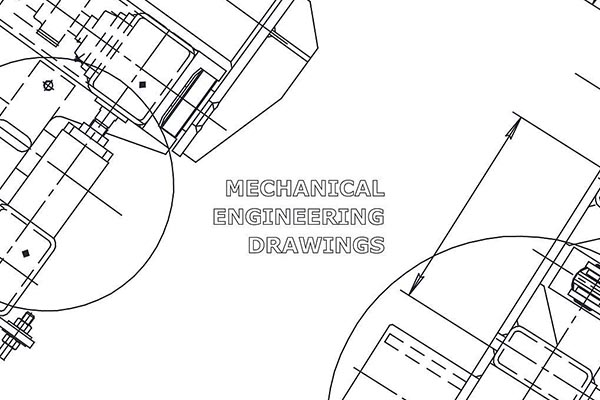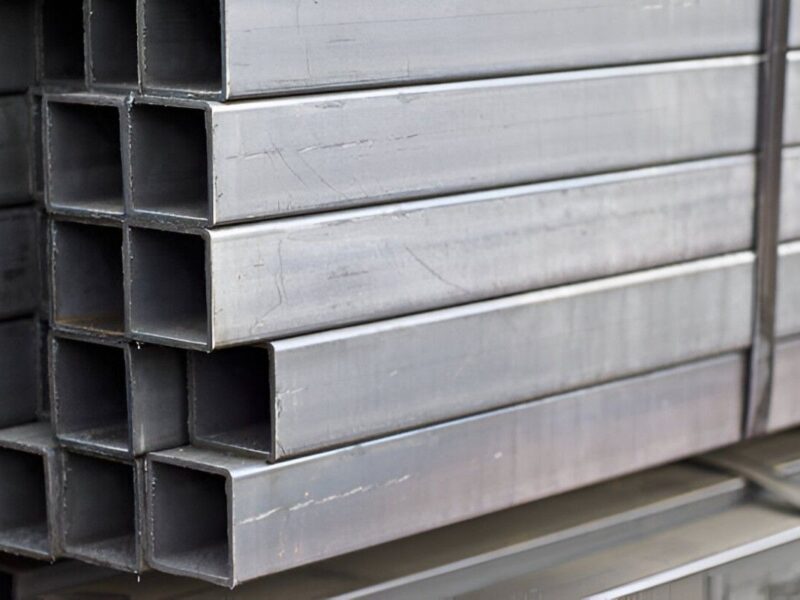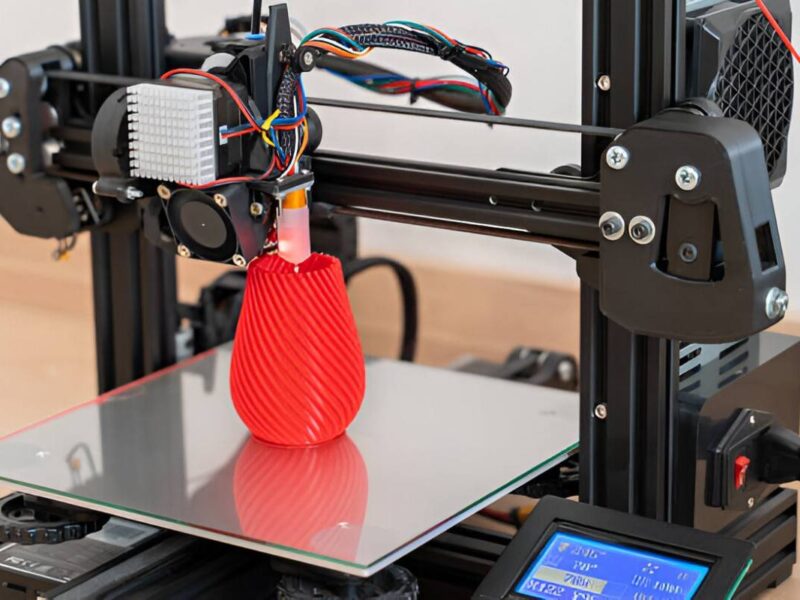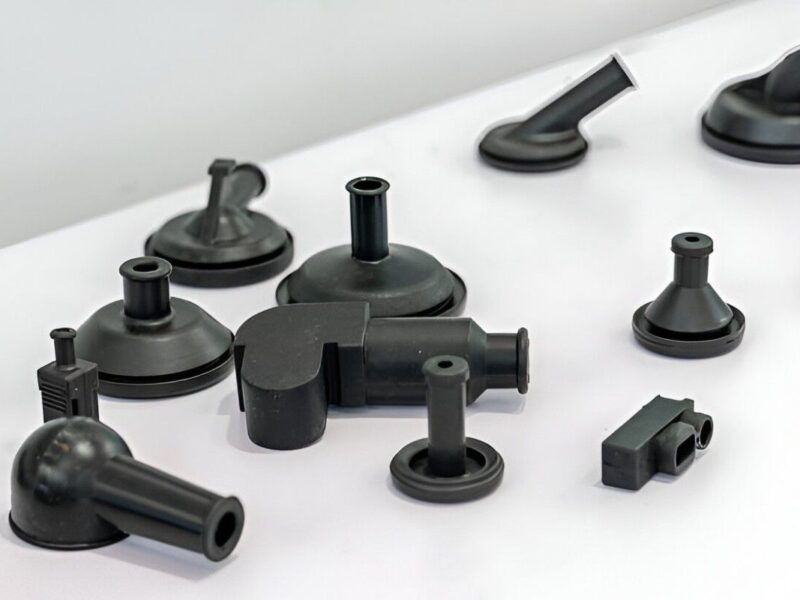In the metal product manufacturing industry, such as in rapid prototyping, steel is the most popular element for producing high-quality products. Whether it’s 4140 or 4130 steel, both have different applications and properties. Thus, we use them according to our requirements for the best possible outcomes. They both have low alloy, stronger construction, and high resistance to wear and tear. Steel is compatible with all manufacturing processes, from CNC machining to investment casting.
So, to effectively use the right type of steel, we first need to understand its two types: 4140 vs 4130 steel. This article entails a comprehensive overview of both types of steel. We will discuss their properties and applications. Besides, you should also consider some factors to make a wise choice. Let’s dive in.
What is Included in the 41XX Category of Steel?
The 41XX category of steel includes two significant elements: chromium and molybdenum. Thus, it is stronger and more durable than regular steel. The variants we are discussing also fall into this category. Both 4140 and 4130 have chromium. However, they are not fully resistant to corrosion. Still, we can say they are much better than regular steel.
What is 4140 Steel?
4140 steel is a premium type of steel featuring chromium, molybdenum, silicon carbon, manganese, and sulfur. The carbon components make it stronger, and exposing it to heat can make it more stable in strength. This type of steel is best for creating high-performing parts such as axils, gears, and shafts.
Properties of 4140 Steel
4140 steel has different applications in CNC Steel machining and fabrication. It offers the necessary rigidness and resistance to create high-quality parts. Here are some significant properties of 4140 steel:
Harness and Strength
With components like carbon and chromium, 4140 steel is hard and strong. With a tensile strength of 148,000 PSI, this metal can withstand high pressure and load. Besides, it’s highly adaptable, and you can shape it into any shape.
Good Corrosion Resistance
4140 steel has excellent anti-corrosion properties, which makes it more durable. Compared with other alloy steels, this is the most suitable option for manufacturing parts that undergo high pressure. However, it’s not entirely corrosion-free and might eventually rust.
Machinability
4140 steel is ductile and can be turned into any shape. However, you can’t use a simple welding method to fabricate it. You need immense heat treatment to mold it according to requirements. Weld it in the annealed state, as it then turns the steel into its best form later.
Applications of 4140 Steel
The applications of 4140 steel are varied and span across different industries. The major applications are:
- Gears
- Shafts
- Axels
- Hydraulics
- Sprockets
- And many others.
What is 4130 Steel?
The 4130 steel is similar to the 4140; however, its composition is slightly different. Its carbon content is lower than 4140’s. The other components include chromium, sulfur, silicon, molybdenum, manganese, and phosphorus. It’s highly rigid and strong, with good anti-corrosion properties. That’s why its primary functionality is in aerospace and automotive. Parts made of 4130 steel can efficiently work under high-stress environments.
The Properties of 4130 Steel
The 4130 steel also has diverse applications in different manufacturing industries. However, they depend on their properties. Here are some significant properties of 4130 steel:
Hardness and Strength
Just like 4140 steel, 4130 steel is hard and offers extraordinary tensile strength. Therefore, parts made of this steel can endure high pressure and weight. With its rigid construction, this steel has more strength than normal steel.
Elasticity
The 4130 steel is highly elastic, which means that even under high pressure, it does not change its shape. Even under massive strain, it can still return to its original shape.
Ductility
The element is highly ductile, and you can change its shape or fabricate it in an annealed state. Thus, you can use it to manufacture any type of part.
Anti-corrosion
Although 4130 steel has less carbon content, it has good resistance against corrosion because of chromium. Moreover, its low carbon content can withstand high temperatures without changing its shape.
Applications of 4130 Steel
4130 steel can be turned into different parts through different manufacturing processes. Milling and welding are two of the most popular methods for this purpose. This steel is best used in cutting tools, gears, and drill machines.
4140 Steel Vs 4130 Steel: Similarities and Differences
Each steel alloy has different properties according to its composition. Undoubtedly, both 4140 and 4130 have high qualities with minor differences. However, these minor differences make a huge difference in the manufacturing industry. Here are some similarities and differences of both:
1. Composition
Both 4130 and 4140 steel have the same composition of elements, including carbon, molybdenum, chromium, manganese, and others. However, there is little difference in the percentage of carbon. Both elements have the same components, contributing to their strength and anti-corrosion properties. Here is the percentage of each component in them:
| Elements | 4140 Steel (composition) | 4130 Steel (composition) |
| Carbon | 0.38% – 0.43% | 0.28% – 0.33% |
| Chromium | 0.8% – 1.1% | 0.8% – 1.1% |
| Sulfur | 0.040% (max) | 0.040% (max) |
| Silicon | 0.15% – 0.35% | 0.15% – 0.35% |
| Molybdenum | 0.15% – 0.25% | 0.15% – 0.25% |
| Phosphorus | 0.035% (max) | 0.035% (max) |
| Manganese | 0.75% – 1.0% | 0.75% – 1.0% |
2. Heat Treatment
Both steel types enhance their strengths and properties when subjected to high temperatures. However, 4140 steel can gain more rigidity and stability when it undergoes heat treatment. It reaches 1600 F to 1650 F before undergoing cooling, such as dipping in water or other liquids for cooling. The hardness it gets is 40-45 HRC. To make it tougher, it undergoes heat treatment of 500 F to 600 F.
On the other hand, 4130 can also achieve high strength and hardness while undergoing a similar heat treatment. However, the heat it needs before cooling down is 1600F to 1700F. So, both are high in tensile strength and are machinable.
3. Mechanical Properties
The 4140 and 4130 steels have different mechanical properties. It depends upon their heat resistance and usability. Here are some significant mechanical properties:
3.1. Hardness and Strength
4140 is best for manufacturing components under pressure because of its high tensile strength compared to 4130 steel. Four thousand one hundred forty can yield around 414 MPa with a tensile strength of 655 to 979 MPa. Its hardness is from 28 to 32 HRC. In the annealing state, its hardness decreases to 17 HRC.
Comparatively, the 4130 steel has less tensile and yield strength. However, when it comes to ductility and toughness, it has more points than 4140 steel. Its tensile strength ranges from 560 to 725 MPa. The yield strength is about 460 MPa, and the hardness in the annealing state reduces from 15 to 23 HRC.
3.2. Machinability
4130 steel has a low carbon composition, so it is more machinable than 4140. It can undergo machining with traditional methods such as drilling and milling, and there’s no risk of overhardening or overheating. In comparison, 4140 can crack easily while undergoing machining, so it needs specific methods.
3.3. Welding Capacity
4130 is again advantageous in welding capacity as it has less carbon content. We can easily weld it with conventional welding methods, such as gas tungsten arc welding. However, 4140 requires exceptional circumstances, such as preheating and post-welding treatments.
What’s the Right Option: 4140 Vs 4130 Steel?
These steel types are good enough and have different functionalities because of how they are built. Thus, it depends upon your choices and requirements. By looking at the differences, you can choose any suitable option. Here are some tips to select the correct option:
Check the Composition
As 4140 steel has more carbon than 4130 steel, it reacts differently to welding, heating, hardness, and other components. The other components are the same, but the carbon content makes a huge difference. Thus, it’s best to keep your requirements in mind and compare them both to make a wise choice.
Mechanical Properties
If you are going to make parts that need high-pressure endurance, go for 4140. Its high carbon content gives it more strength and makes it ideal for stress applications. Likewise, if you need tensile strength, go for 4130. It’s easy to ductile and has good strength.
Machinability
If you are going to use parts in machinery applications, use 4130 steel. Cutting and using conventional methods can mold this element into different shapes. However, if your applications require more strength, 4140 is a good choice. It can handle more pressure but needs careful steps for machinability.
Consider Temperature
Both 4140 and 4130 steel require different heat treatments. Thus, considering the temperature to get the best possible outcome is necessary. If your application undergoes any heat changes, it’s best to consider the right choice.
Consider the Cost
Cost is another major factor when it comes to selecting between 4140 steel and 4130 steel. It depends upon many factors, such as supplier, amount, and grade. So, compare both types and determine which option suits you the best. Usually, 4140 steel is more expensive than 4130 steel, and it is harder and has high strength.
Get Premium 4140 and 4130 Steel Machining with Premium Parts
Steel machining is a big deal in manufacturing industries and is used in different applications. However, it’s a big-scale project and might need a hefty investment. At Premium Parts, our professionals can machine both types of steel with great care. Our CNC machining processes offer high-end products with the best finish. Contact us today for a free quote if you also need steel machining services.
FAQs
1. Is 4140 steel better than 4130 steel?
Well, that’s the user’s choice, what applications he wants from it, and their requirements. Both have strength, hardness, and machinability. So, it depends upon the manufacturer and what he wants from them.
2. Does 4140 have anti-corrosion properties?
With components like nickel and chromium, 4140 steel is resistant to corrosion. Therefore, it is the best choice for manufacturing as its anti-corrosion properties make it more durable.
3. What’s the composition of 4140 and 4130 steel?
Both contain carbon, chromium, molybdenum, silicon, phosphorus, sulfur, and manganese. However, their carbon content is different. The 4140 steel has a carbon percentage of 0.38 to 0.43, while the 4130 steel has a carbon content percentage of 0.28 to 0.33.
Conclusion
4140 vs 4130 steel, both have excellent strength and hardness that come in handy in multiple industries. From composition to characteristics, everything is mostly identical. However, the carbon content is different in both, making a huge difference. Thus, they have different heat tolerance and settling. If one has more strength and hardness, the other is more ductile. We hope that the above differences and highlights can help you make a better choice while selecting from them.


